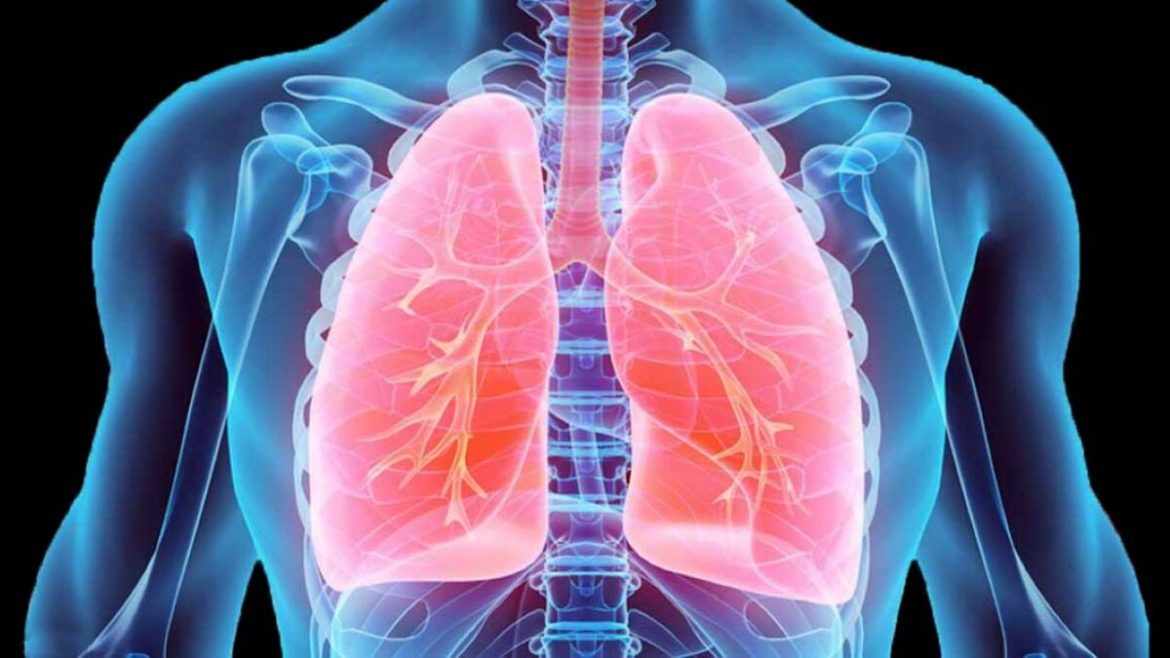Massive amounts of donated lungs cannot be transplanted. A recent animal study conducted by scientists at Lund University and Skane University Hospital in Sweden raises the prospect of using more donor lungs in the future. The researchers have initiated a pilot trial to see if the medication would have the same positive effect on people.
Each year, approximately 190 organs are donated in Sweden. Due to lung deterioration, only about 30% of the lungs can be used for transplantation. The mortality rate is also increased by the fact that a sizable portion of patients pass away five years following transplantation.
Our study’s findings, according to Sandra Lindstedt, senior consultant in thoracic surgery at Skane University Hospital and adjunct professor at Lund University, “indicate that there is an improved outcome during the first two days after surgery and that a specific treatment can help us use a larger part of a donor’s lung.”
In their examination, the researchers looked at the outcomes of reducing the cytokine concentrations in pigs’ lungs. Certain immune system cells produce tiny proteins called cytokines.
Acute respiratory distress syndrome was caused by a decreased lung capacity prior to the transplant (ARDS). The outcome was that the lungs were damaged, just like human donor lungs would be.
In ten of the cases, the donor lung was treated, either before and after the transplant or immediately afterwards. Six instances made comprised the control group, which got no therapy.
The results show that the recovery of lung function to a higher level than before was caused by the lower levels of cytokines. Furthermore, according to Sandra Lindstedt, “We could tell that the lungs were operating better after the transplant and those difficulties during the first 48 hours after transplant was reduced.
About 50 to 60 lung transplants are performed each year at Sahlgrenska University Hospital in Gothenburg and Skane University Hospital in Lund. The number is anticipated to rise as a result of the new treatment.
The lives of those who are waiting for transplants may be significantly improved if we can utilise this on some of the donor lungs that are currently discarded, even though it won’t work on every donor’s lung. We want to provide the foundation for greater patient survival, says Sandra Lindstedt.
In order to conduct the study, a specialist unit was set up within the Department of Cardiothoracic and Vascular Surgery, Anaesthesia, and Intensive Care at Skane University Hospital. The unit contained all of the study-related abilities.
This study would not have been possible without the major contributions of various clinical specialties, including thoracic surgeons, anesthesiologists, perfusionists, operating room nurses, and anaesthetic nurses.
A subsequent clinical pilot research was built on the study’s findings, which were published in Nature Communications.
The first patients in the pilot trial are already being enrolled at Skane University Hospital in Lund. Twenty transplants are included in the trial, half of which will get therapy to reduce cytokine levels and the other half will receive conventional care. If we observe encouraging outcomes, the experiment will be expanded to include 120 transplants nationally, Sandra Lindstedt said. A subsequent clinical pilot research was built on the study’s findings, which were published in Nature Communications.

